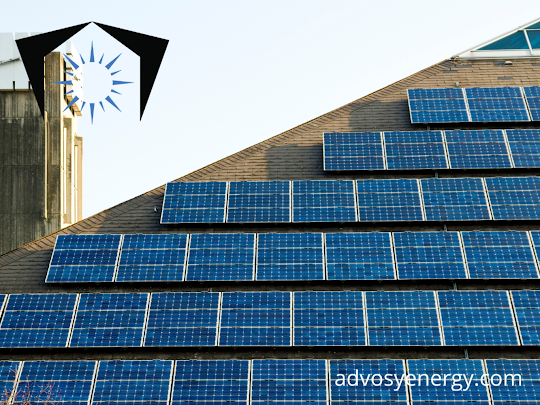Types Of Solar Panels And Which One Is the Best?
The installation of solar panels in Albuquerque is not just about the cost, appearance, and efficiency of the energy source. Different kinds of solar panels can affect all three factors you take into consideration when you install them on your roof. Installation costs will also be affected by different kinds of panels available in the present market, while their appearance may differ based on what type they're made of!
There are three types of solar panels that are available in Albuquerque three types: monocrystalline, thin-film, and polycrystalline. Each kind of solar panel is unique and has different aesthetic looks. Here's a breakdown of each:
Monocrystalline Solar Panels:

Monocrystalline solar panels are the earliest type of solar panel that are in use for many years. These monocrystalline panels are made comprised of 40 cells. They were developed using the Czochralski method that involves placing silicon crystals in molten silicon to create an ingot around it. The ingot is then divided into wafers.
After the wafer has been installed into the cell they're then put together to form a solar panel. After you have the cells assembled there are a myriad of ways you can make their frames or back sheets for the cells. Monocrystalline cells are designed like an octagon with four triangles removed from each corner so small gaps between individual panels form naturally without compromising how it works
Polycrystalline Solar Panels
A fresh development in solar panels Polycrystalline cells are slowly ascending to the highest levels. Just like monocrystalline solar panels, these are made from silicon. They are produced by allowing a molten crystal of silicon to cool into fragments which then form in random places inside its structure.
The vibrant blue hue of polycrystalline silicon cells is because of the way sunlight reflects off its fragments. Monocrystalline panels reflect light differently than polycrystalline panels. This is due to the fact that there is less surface area for light particles to travel through. The frame and back frames of these types of panels are usually silver in color while their surfaces can vary in a slight manner depending on the model you get from your provider or the manufacturer. The majority of models are square, with no gaps between the corners.
Thin-Film Solar Panels
Thin-film solar panels are a new type of photovoltaic cells that make use of both organic and inorganic materials. The material functions as a semiconductor, which means it allows only an electrical charge to pass through when it is exposed to sunlight. A plastic sheet with two layers (glass over it for protection) would be used instead of glass because they are less heavy and flexible than their traditional counterparts.
Thin-film panels are easy to discern by their slim appearance. They are around 350 times thinner than silicon wafer-based panels. This makes them a desirable choice for companies looking to get started in solar power production.
The Most Optimal Type
Monocrystalline solar panels are an excellent alternative for homes with small spaces. These panels are perfect for those who want to reduce your electricity bills in smaller areas. Polycrystalline panels are the best option for residential properties that have a huge roof or property. But thin-film isn't efficient and not suitable for residential use.
For quality of solar panels...
| https://www.facebook.com/advosyenergy |
| https://www.instagram.com/advosyenergy/ |
| https://www.pinterest.ph/advosye/ |
| energy-advosy.tumblr.com |

